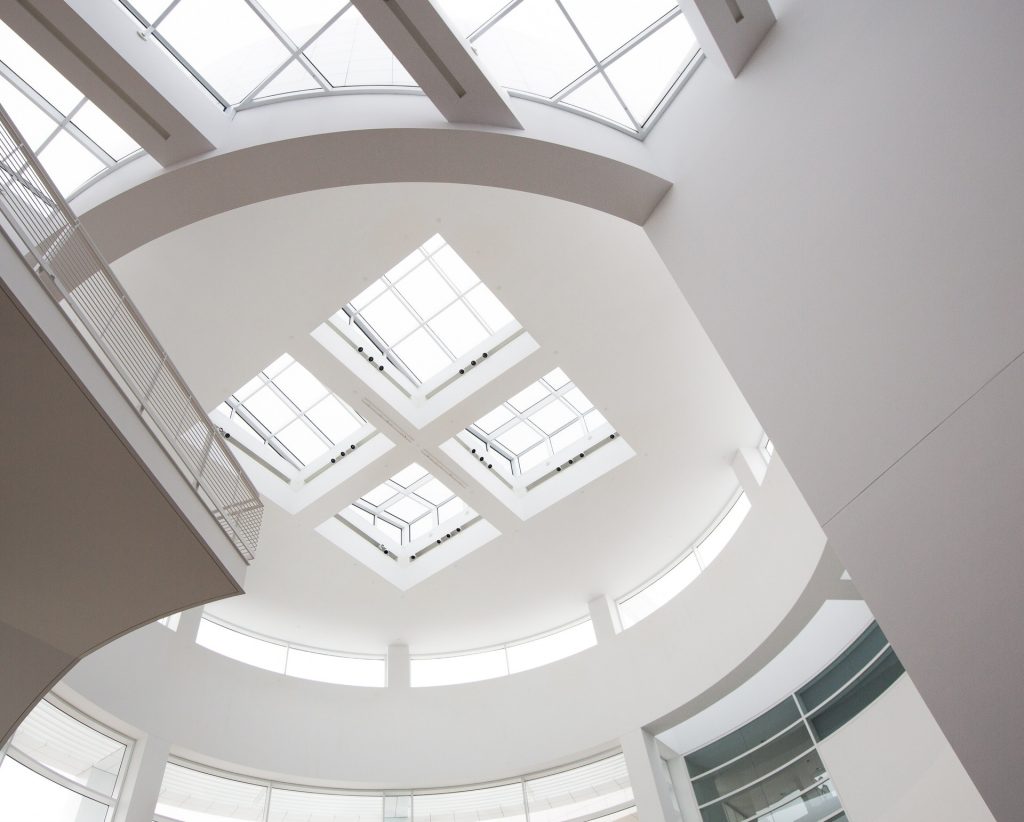It is interesting what kind of reactions people give me when I mention that I am interested in economics. Some people roll their eyes, some people are visibly disgusted, and some exclaim “Why?” almost on impulse. However, if you ask people about their opinions on unemployment, minimum wages and income inequality, they are much more elaborate and enthusiastic about the content. Is it the case that economics is so intuitive to us that people believe they can understand it without studying?
Allow me to introduce myself.
My name is Pablo Martinez and I am about to graduate from Cal State LA with a bachelor’s degree in Business Economics. So admittedly, I am a bit biased; let that not deter you from reading. During the second semester of 2018, I earned the opportunity to intern at the LAEDC under the branch of marketing, and since then have participated in creating and composing content for our members. For many years, I have been striving to understand the importance that economics has on our society, both domestically and globally. So, when given the opportunity to come work for the LAEDC, I was ecstatic. Personally, I am very passionate about the systemic inequalities and injustices that people in our society face and have dedicated myself to understand how best to rectify those injustices through economics.
This project attempts to further understand the people that are drawn to become economists, despite the predominant reaction to the subject, and why they do what they do.
The Institute for Applied Economics at LAEDC. It sounds like a group of very smart people doing things that seem beyond the realm of understanding. The role of economists is often understated and thus, the ideas behind their work is often not explained. However, LAEDC is an organization designed from inception to be inclusive to all Angelinos and to bring prosperity to all, not just those who speak the lingo or “walk the walk”.
So I sat down with our resident economists to try and get a better understanding of how they see the situation in Los Angeles currently. This project, over the coming weeks, will be released as interviews with the IAE, exposing insights into both the people behind the work and what the work means to us as Los Angeles residents.
We can understand economics very simply in two main ideas.
Economists study employment, what kind of jobs people have and who is finding those jobs, and they study the strength of money (called inflation), which is essentially how much money people have and how much that money can buy them. Economists also study capital, mainly in the form of technology and how prevalent it appears both physically and in the form of ideas.

So how can economic research help provide opportunity for Angelinos? How can it help me?
One of the roles of our economists is to provide intelligence to businesses about the industry they operate in, and to the policy makers whose represent the districts that house these businesses. Whether it be data on manufacturing products, providing services, or maintaining the infrastructures of society, actionable analysis is needed to make effective decisions.
In a city like Los Angeles, one can find all a plethora of industries—which is part of the reason why our regional economy is strong. There are infrastructure projects to study. There are labor statistics to study. The city is dynamic and ever-changing. For Los Angeles to employ its people and produce high-quality projects it needs these insights. That is why the LAEDC has published its 2017 People, Industries and Jobs Report, which provides in-depth analysis of key industries and occupations for the Los Angeles region, and includes occupational forecasts. This report was developed in cooperation with City of Los Angeles and its staff. It helps us understand where the demand is so that institutions can position themselves to continually prepare talent for future opportunities.
LAEDC strives to create a strong workforce and bolster the areas that need help. In essence this is a key area of focus for the IAE; to carry out penetrating analysis that shows what employment looks like now and what it will look like in the future to come.
So what are some advantages and disadvantages of our region’s labor pool?
Los Angeles has economic complexity. There are more than 5.1 million people working in the Los Angeles area and this creates a very diverse group of labor. That is a lot of different people doing different things. This is an advantage. Having a broad spectrum of workers means that businesses can find and employ people to do all sorts of jobs. This characteristic makes LA the Southern California magnet; attracting people from all areas to come and work.
That attraction and pull, however, can lead to intense competition in the area. This competition often leaves our residents at a disadvantage. Los Angeles County has a problem with educational attainment, as our public school system is very poorly rated and about 40% of our residents have a high school degree or less. Compare that to the type of employment in the San Francisco/Bay Area and the difference is stark.
This challenge is an opportunity for us to underscore the importance of middle-skill jobs and how it can help our low-income residents. The IAE works with The Center for a Competitive Workforce (CCW) to prepare and develop educational opportunities and encourage the Community College system to be the bridge to better jobs.
What is the IAE currently researching?
The Getty Pacific Standard Time Report is set to be released very soon. This a collaboration of over 60 cultural institutions that attempts to generated considerable economic activity in the Southern California region and create jobs. There is the Otis Creative Economy Report that assess the impact and influence of the creative sector on the state and regional economy. LAEDC is also working on a Healthcare Industry Report. These interesting reports are all due to be released sometime this year.
This discipline is a constant analysis of information. Our economists work to facilitate businesses and civic leaders to make the decisions that bring prosperity and opportunity to all of our residents. As overwhelming as that may be at times, I believe it’s something worth getting enthusiastic for.
